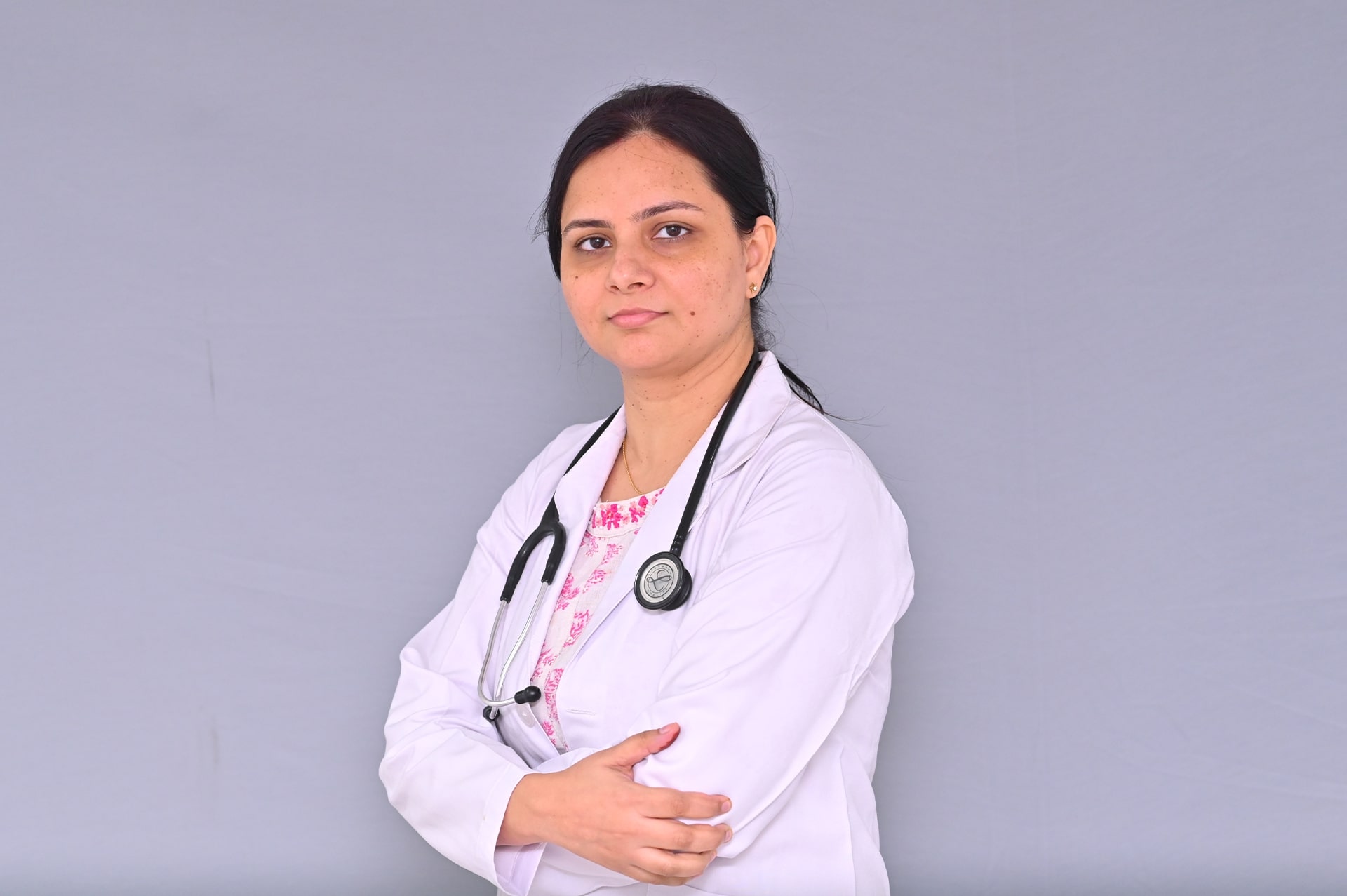Chronic Obstructive Pulmonary Disease (COPD)
What Is COPD?
What Are The Symptoms?
Signs and symptoms of COPD may include:
Shortness of breath, especially during physical activities
• Wheezing
• Chest tightness
• A chronic cough that may produce mucus (sputum) that may be clear,
white, yellow or greenish
• Frequent respiratory infections
• Lack of energy
• Unintended weight loss (in later stages)
• Swelling in ankles, feet or legs
People with COPD are also likely to experience episodes called exacerbations, during which their symptoms become worse than the usual day-to-day variation and persist for at least several days.
Asthma
What Is Asthma?
Asthma can’t be cured, but its symptoms can be controlled. Because asthma often changes over time, it’s important that you work with your doctor to track your signs and symptoms and adjust your treatment as needed.
What Are The Symptoms?
• Shortness of breath
• Chest tightness or pain
• Wheezing when exhaling, which is a common sign of asthma in children
• Trouble sleeping caused by shortness of breath, coughing or wheezing
• Coughing or wheezing attacks that are worsened by a respiratory virus,
such as a cold or the flu.
Interstitial Lung Disease
What It Is?
Interstitial lung disease can be caused by long-term exposure to hazardous materials, such as asbestos. Some types of autoimmune diseases, such as rheumatoid arthritis, also can cause interstitial lung disease. In some cases, however, the causes remain unknown.
Once lung scarring occurs, it’s generally irreversible. Medications may slow the damage of interstitial lung disease, but many people never regain full use of their lungs.
What Are The Symptoms?
• Shortness of breath at rest or aggravated by exertion
• Dry cough
Lung Cancer
What It Is?
Lung cancer typically doesn’t cause signs and symptoms in its earliest stages. Signs and symptoms of lung cancer typically occur when the disease is advanced.
What Are The Symptoms?
• A new cough that doesn’t go away
• Coughing up blood, even a small amount
• Shortness of breath
• Chest pain
• Hoarseness
• Losing weight without trying
• Bone pain
• Headache
Tuberculosis:
What It Is?
TB bacteria spread through the air from one person to another. When a person with TB disease of the lungs or throat coughs, speaks, or sings, TB bacteria can get into the air. People nearby may breathe in these bacteria and become infected.
What Are The Symptoms?
• a bad cough that lasts 3 weeks or longer
• pain in the chest
• coughing up blood or sputum (phlegm from deep inside the lungs)
Other symptoms of TB disease are
• weakness or fatigue
• weight loss
• no appetite
• chills
• fever
• sweating at night
Symptoms of TB disease in other parts of the body depend on the area affected.
Obstructive Sleep Apnoea
What It Is?
What Are The Symptoms?
• Dry mouth or sore throat when you wake up
• Headaches in the morning
• Trouble concentrating, forgetfulness, depression, or crankiness • Night sweats
• Restlessness during sleep
• Problems with sex, like a low sex drive
• Snoring
• Waking up suddenly and feeling like you’re gasping or choking • Trouble getting up in the mornings
• Waking up often in the middle of the night to pee
• High blood pressure
• Gastroesophageal reflux disease (GERD)
Pulmonary Hypertension
What It Is?
What Are The Symptoms?
Early symptoms include:
- Shortness of breath during routine activity Fatigue
- Chest pain
- Racing heartbeat
- Pain in upper right side of abdomen Decreased appetite
Later symptoms include:
- Feeling light-headed, especially during physical activity, Fainting
- Swelling in the ankles or legs
- Bluish lips or skin
Pleural Diseases
What It Is?
What Are The Symptoms?
Symptoms for pleural disorders may include:
- Chest pain that is sharp or stabbing and gets worse when you breathe in deeply or cough or sneeze
- Cough
- Shortness of breath
Department of Pulmonary Medicine & Critical Care
Department of Pulmonary Medicine is lead by:
Dr. Diksha Tyagi
Senior Consultant, Pulmonary & Critical care Medicine
MBBS, MD, DM (Pulmonary & Critical Care Medicine)
EDRM (European Diploma of Adult Respiratory Medicine)
Dr Diksha Tyagi is the first DM in Pulmonary & Critical Care Medicine in Meerut. She is heading an exclusively dedicated interventional pulmonology unit in Meerut. She is doing all the basic and advanced bronchoscopic procedures like fibreoptic bronchoscopy, EBUS guided FNAC and biopsy, Pleuroscopy and Rigid Bronchoscopy.
She has clinical experience of more than 12 years in diagnosis and management of various respiratory diseases. She is extensively trained in critical care unit in managing patient on invasive and non- invasive mechanical ventilation. She is known for her passionate and humble nature with excellent communication skills.
Expert Management in:
- Asthma & Allergy
- Chronic Obstructive Pulmonary Diseases
- Interstitial Lung Diseases
- Lung Cancer
- Tuberculosis
- Occupational Lung disease
- Pleural Diseases
- Pneumonia
- Pulmonary thromboembolism
- Pulmonary Hypertension
- Sleep disorders
Interventional Pulmonary services:
- Flexible bronchoscopy
- Rigid bronchoscopy
- Medical Thoracoscopy/ Pleuroscopy
- Endobronchial ultrasound (EBUS) guided FNA/ biopsy
- Paediatric bronchoscopy and foreign body removal
- Tracheal stenting
- Endobronchial tumor debulking
Complete Pulmonary Function Testing:
- Spirometry
- Diffusion Lung Capacity (DLCO)
- Lung Volumes
Call Us
Mail Us
Visit Us
KH-1453, Daurala, NH-58,
Near Sivaya Toll Plaza,
Roorke Road, Meerut (U.P.)
PIN-250221

